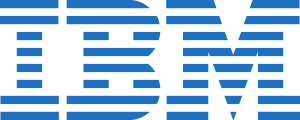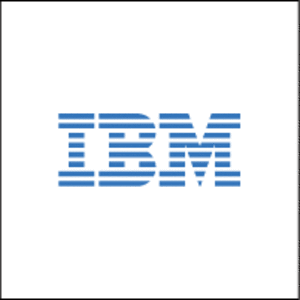Bluemix, IBM’s cloud platform, launches technologies to fuel faster cloud adoption and build a foundation for data-driven decisions
IBM today announced several cloud data services and features on  Bluemix designed to help organizations accelerate the migration of their data to the cloud and more easily generate business insights.
Bluemix designed to help organizations accelerate the migration of their data to the cloud and more easily generate business insights.
Organizations look to the cloud as a powerful engine to collect and interpret vast amounts of data. However, many are struggling to move their already existing datasets to the cloud, as well as retain control of where they reside and how they are accessed. Without the right tools in place, the problem will only get worse as the amount of data continues to grow. According to IDC1, the amount of high-value data worth analyzing will double by 2020, and much of this data will be in the form of complex, unstructured information.
Now available on Bluemix, IBM Decision Optimization, Bluemix Lift and dashDB for Transactions can help organizations overcome this challenge and make more informed business decisions by enabling them to more easily aggregate, ingest and analyze expanding workloads.
“Cloud is the platform that enables cognitive intelligence,” said John Murphy, Vice President, IBM Watson Data Platform. “We’re continuing to grow our catalog of cloud data services on Bluemix so that we can help developers and data scientists better manage and more quickly interpret data for business innovation.”
The services include:
IBM Decision Optimization on Cloud (including the CPLEX engines) is now in beta on Bluemix. It can ingest large amounts of data including predictions, master and transactional data, business goals, and business rules to prioritize and rank business decisions such as plans and schedules. Applicable across all industries, including manufacturing, utilities, finance and retail, this powerful tool offers the ability to trade-off conflicting business goals while balancing resource limitations to make more informed decisions. This offering includes the CPLEX Optimizer Engines and can run as a standalone, embedded in applications using a Rest API, or be used in Jupyter Notebooks within IBM’s Data Science Experience.
For example, consider a major clothing retailer in need of restocking its winter coat supply. Local warehouses might be very low in stock, and shipping and transferring supplies from international locations could incur costly fees. Using Decision Optimization, a retail planner could automatically get recommendations and choose the most cost-effective replenishment plan, considering all possible suppliers, warehouses, shipping lanes, and costs, without having to do a potentially time-consuming manual “what-if” analysis or manual comparison of options.
IBM Bluemix Lift is a data migration tool to quickly, securely and reliably migrate databases from existing on-premises data centers to IBM Bluemix and IBM Watson Data Platform. Bluemix Lift encrypts data being transferred, helping to securely move it at a rate of up to ten times faster than traditional offerings. The technology is also designed to minimize downtime, so that applications using the source database can run uninterrupted during migration. In addition, Lift has been designed to be highly reliable, enabling data transfers to keep flowing even during a connectivity loss.
IBM dashDB for Transactions is a fully managed SQL database service on IBM Bluemix, optimized for transactional and web workloads to help developers fuel cloud-based applications. It offers high availability on selected plans, as well as pay-per-use units. It is part of IBM’s dashDB portfolio, offering a workload-optimized database environment designed to meet both the data warehousing and transactional needs of applications.
To get started with these services, visit the Bluemix Developers Catalog for IBM Bluemix Lift, Decision Optimization, and dashDB for Transactions.
Bluemix, IBM’s Cloud platform, has grown rapidly to become one of the largest open, public cloud deployments in the world. Based in open standards, it features over 150 advanced technologies and services, including 35 cloud data services and a roster of others spanning categories of cognitive computing, blockchain, Internet of Things, DevOps and security.




